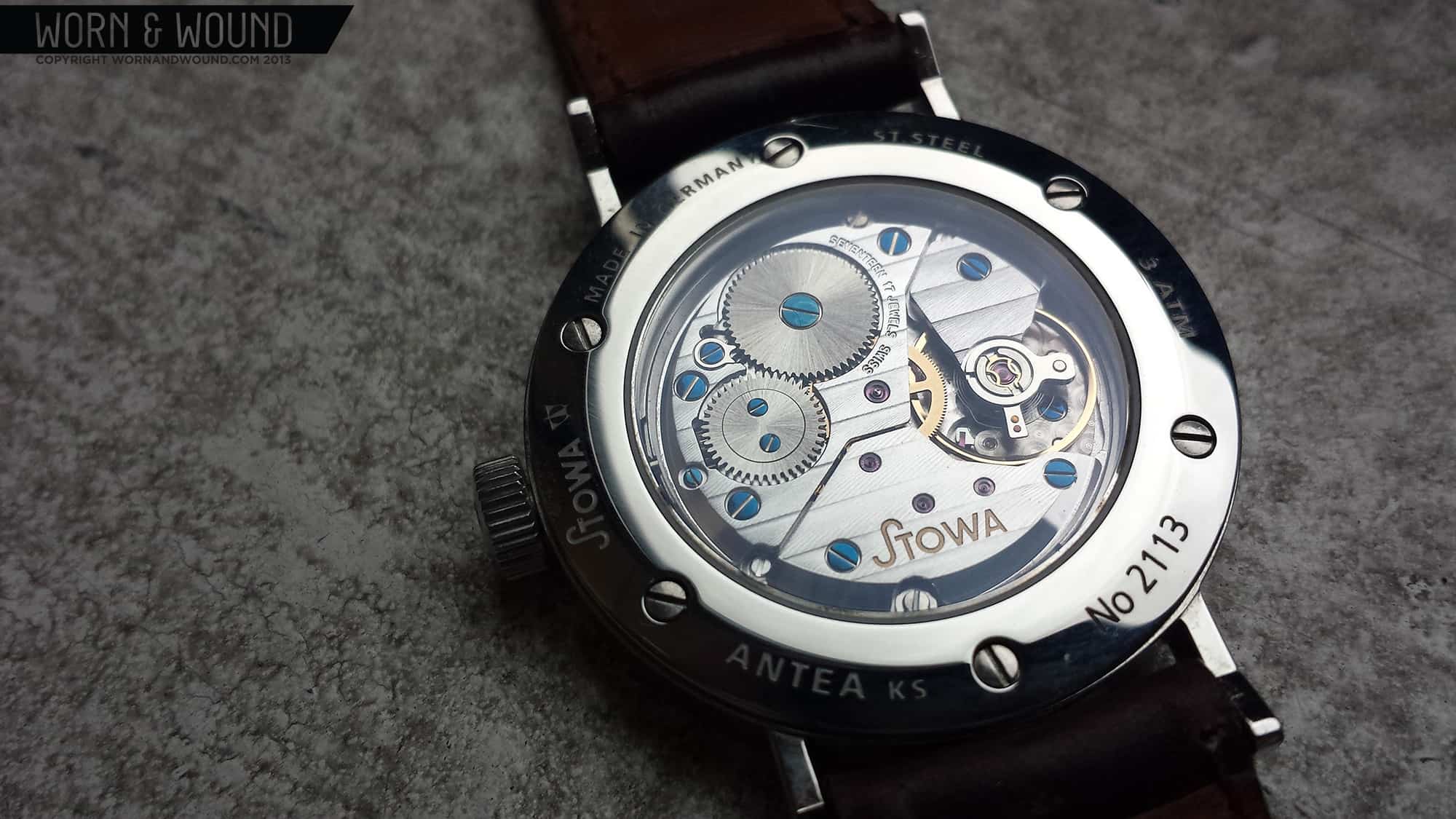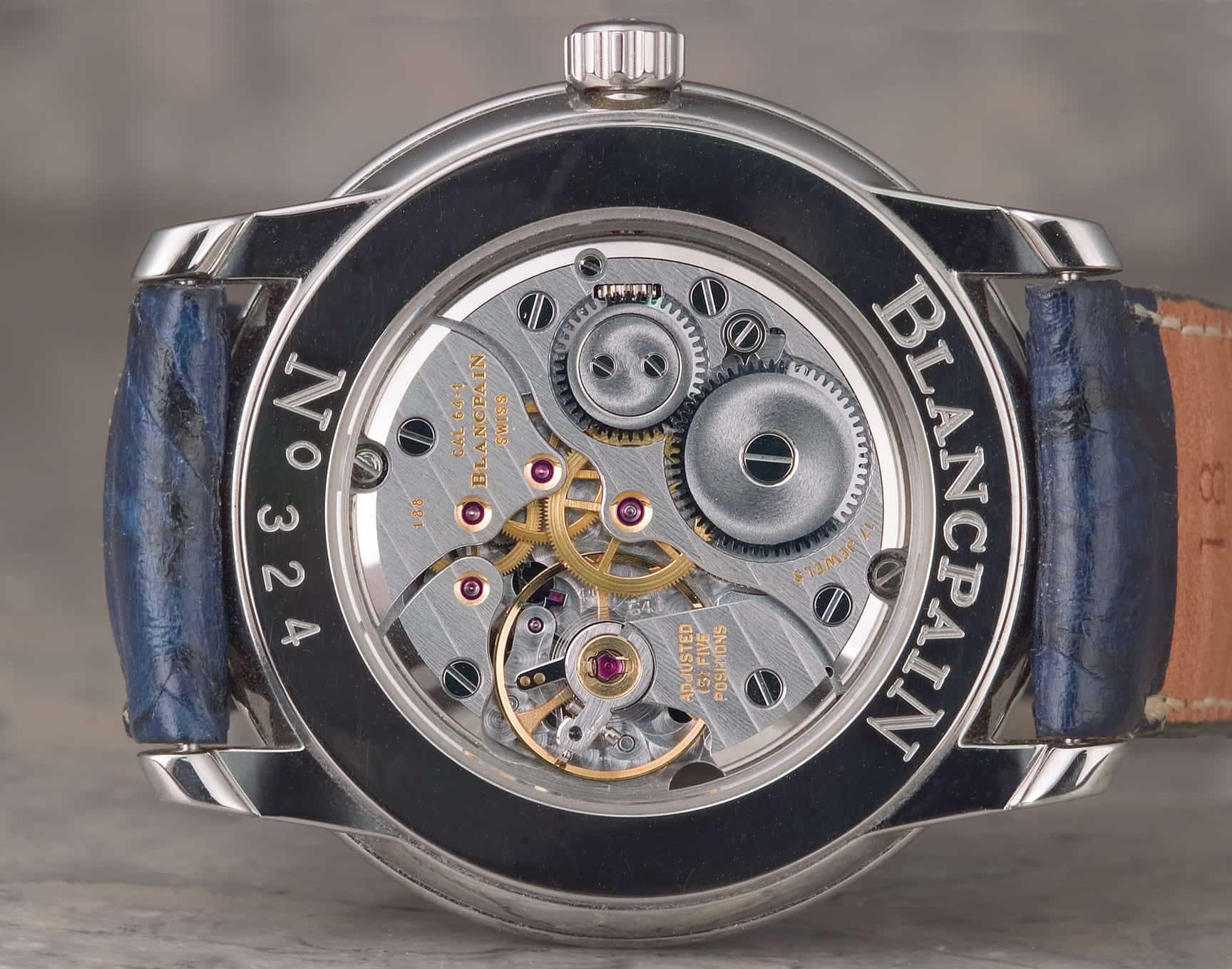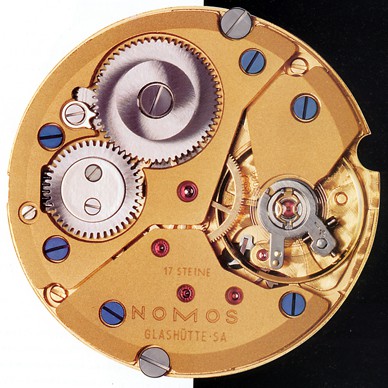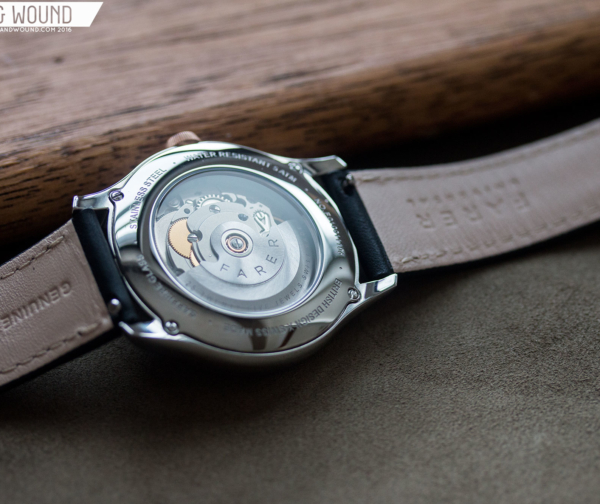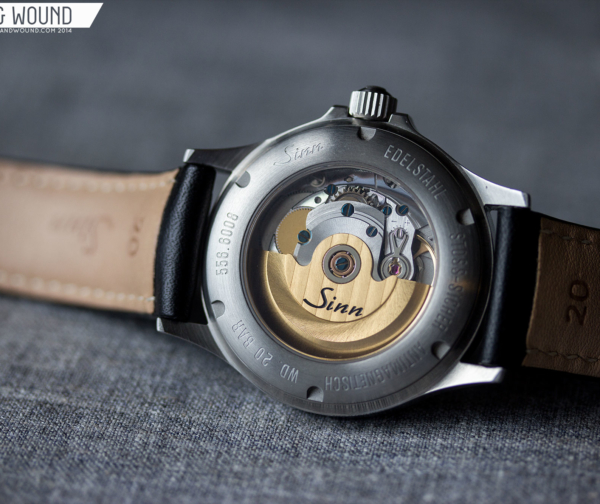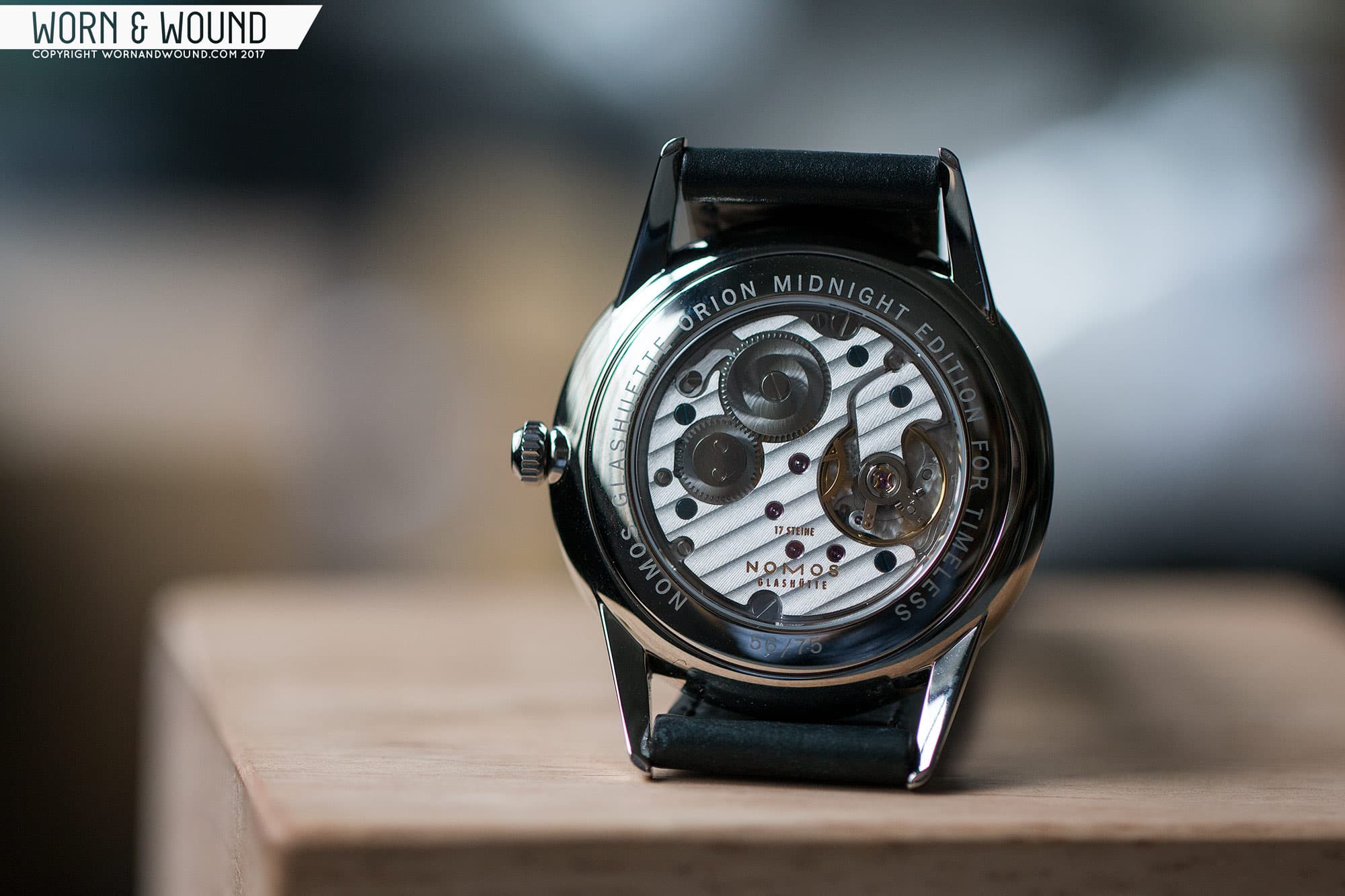In the beginning, when the world was young and before a chap named Perrelet started work on self-winding movements in 1777, people had to wind their own watches. Imagine! No bumpers or oscillating weights. Batteries, solar power or kinetic would probably have gotten you burned at the stake for watchmaking witchery. Instead, there was just good old-fashioned finger-power. No wonder people were fitter in the old days.
It sometimes feels as though hand-winders have rather dropped out of fashion. But there are plenty of reasons to love a watch that you wind yourself. Thinner movements, fewer parts to go wrong, and no spinning weight to obscure the interesting bits. There’s also the thoughtful interaction of winding your watch each morning, reminding you of the time to come and the time you’ve spent.
The ETA/Peseux 7001 is just such a movement. Simple without being crude, it pops up under case backs from Baume & Mercier to Tissot. Junghans has their own version, the J815, a modified ETA/Peseux 7001. Montblanc calls their 7001 the “MB 23.01.” It even sneaks in with an Omega logo as the cal. 651 in a series of De Villes.
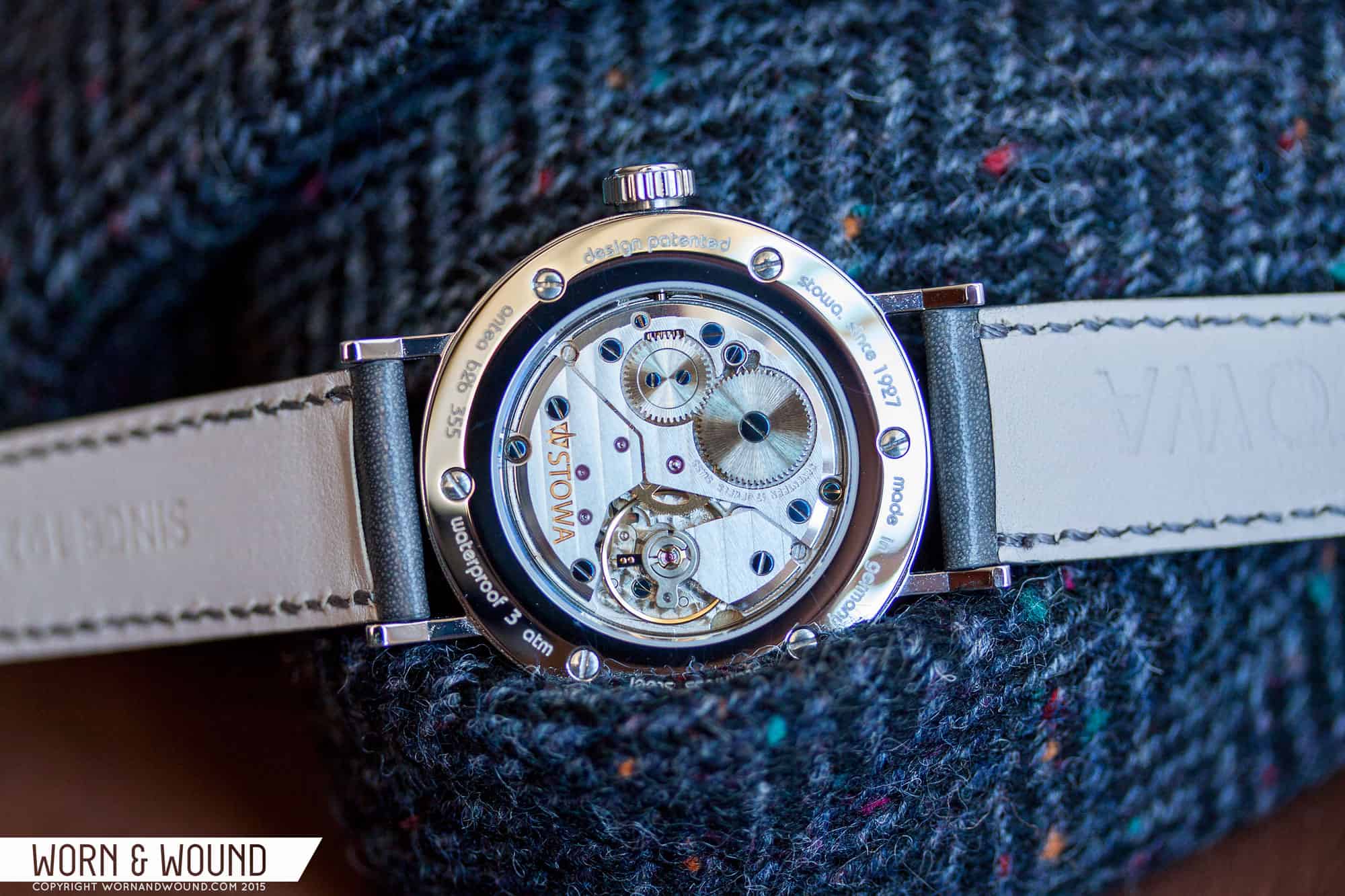









 Featured Videos
Featured Videos




